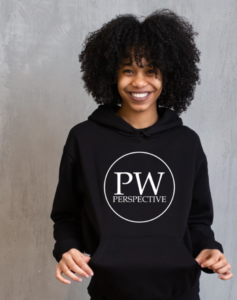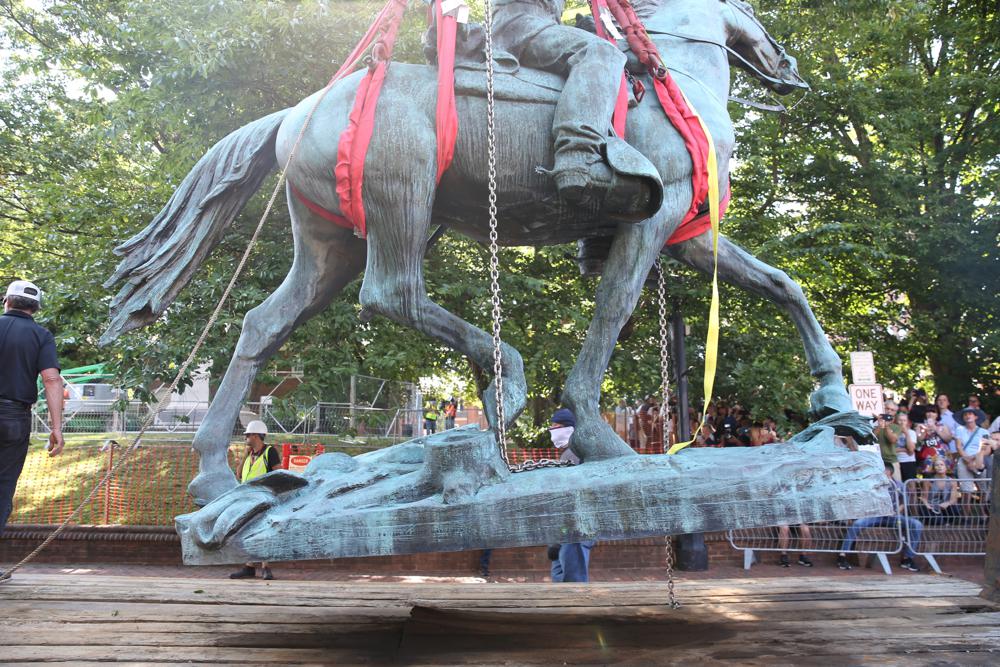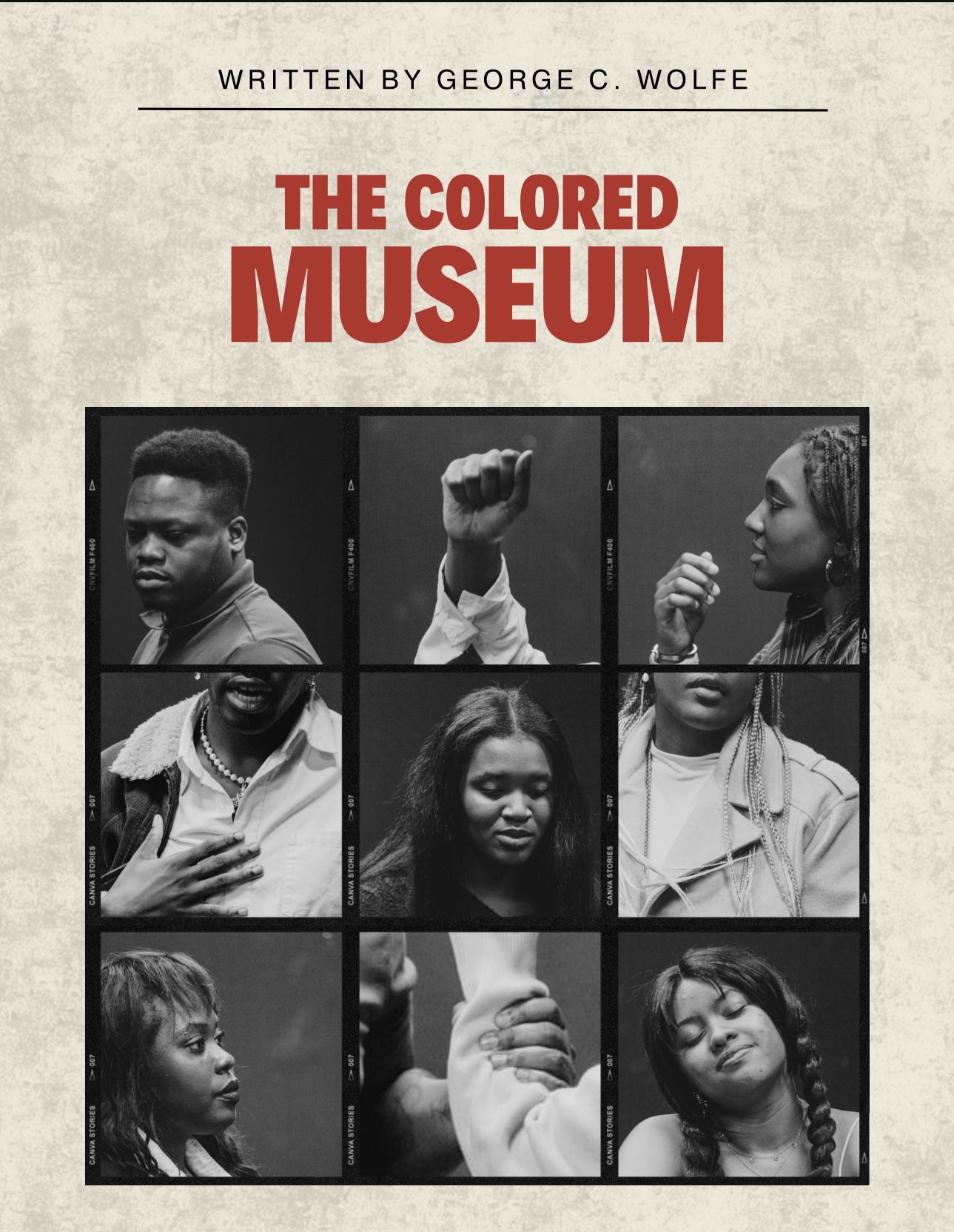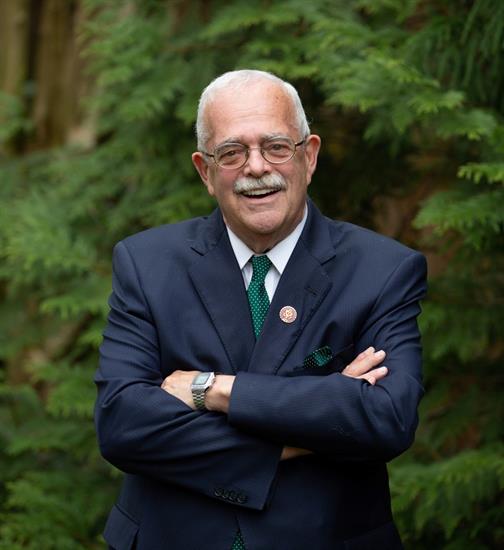The Removal of White Supremacist Monuments Show the Power of Local Organizing
Living in Charlottesville, passing symbols of white supremacy was a part of my daily life. I would walk by Confederate General Thomas J. “Stonewall” Jackson, the “Johnny Reb” and Confederate General Robert E. Lee on my way to the Downtown Mall, their bronze likenesses looming over me. Picking up my mom from work at the UVA hospital, I’d regularly drive past the massive statue of George Rogers Clark depicting his “conquest” over indigenous peoples and their ancestral lands. Anytime I wanted to go to the Saturday farmer’s market, I would inevitably pass Meriwether Lewis and William Clark, standing tall and proud over a cowering Sacajawea, their Lemhi Shoshone guide.
As immigrants from the Philippines, my family didn’t arrive in Charlottesville knowing the legacy of these statues, their histories and what they represented. In elementary school, they taught me that Lewis and Clark were brave “explorers” and that the Confederacy fought for “state’s rights.” I was much older when I learned about the traumatic effects of genocide against Native Americans and African enslavement. I began to view the statues for what they really were: symbols of loss and suffering for Black and Indigenous locals and their ancestors.
The removal of these four statues should be celebrated, particularly the organizing it required. None of this would have been possible without Zyahna Bryant, a local activist that petitioned the removal of the Robert E. Lee statue in Market St. Park as a high school student 5 years ago. For years, Native students and community members–including the late Karenne Wood–have urged the removal of the Lewis, Clark and Sacajawea statue on West Main Street and the Clark Statue on UVA Grounds.
Still, the statue removals mark just one step toward making Charlottesville a more equitable place for marginalized people of color and reconciling with the legacy of its racist past.
Land use planning is one particular area that will have a profound impact on Charlottesville residents as the city works toward updating its Comprehensive Plan. Historically, racial covenants have barred Black residents from buying homes in certain parts of town and even destroyed the thriving Black neighborhood of Vinegar Hill in the 1960s. From access to Affordable Housing and other important resources for the city’s underrepresented populations, it’s important for Charlottesville locals to recognize that there’s more work to be done.
My hope is that folks from Charlottesville and everyone else following the removal of the statues become energized about building community power. Overcoming hundreds of years of systematic injustice is made possible through grassroots organizing.



